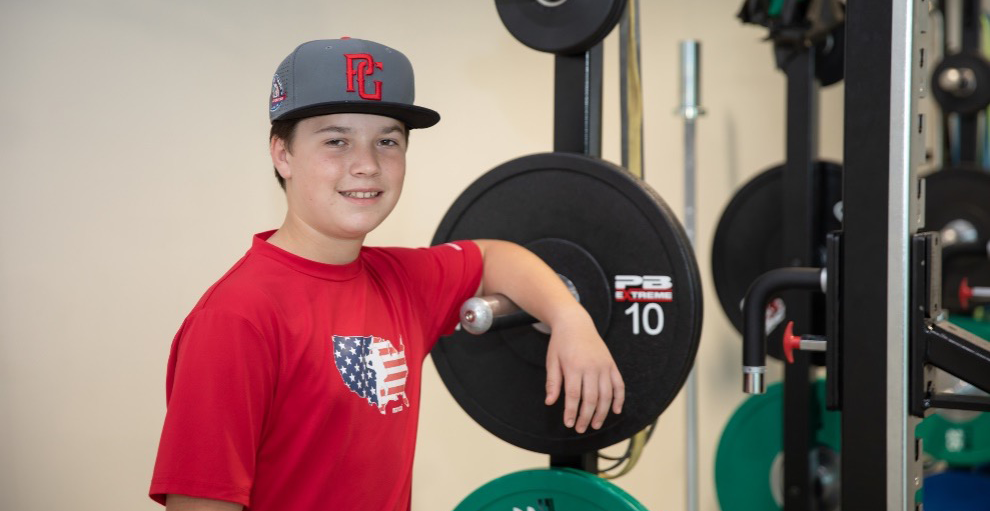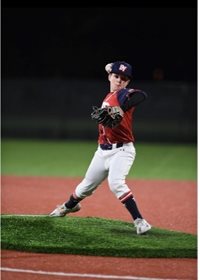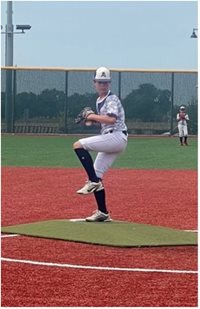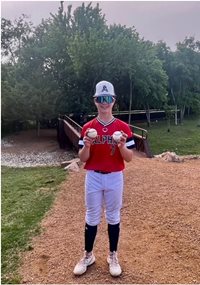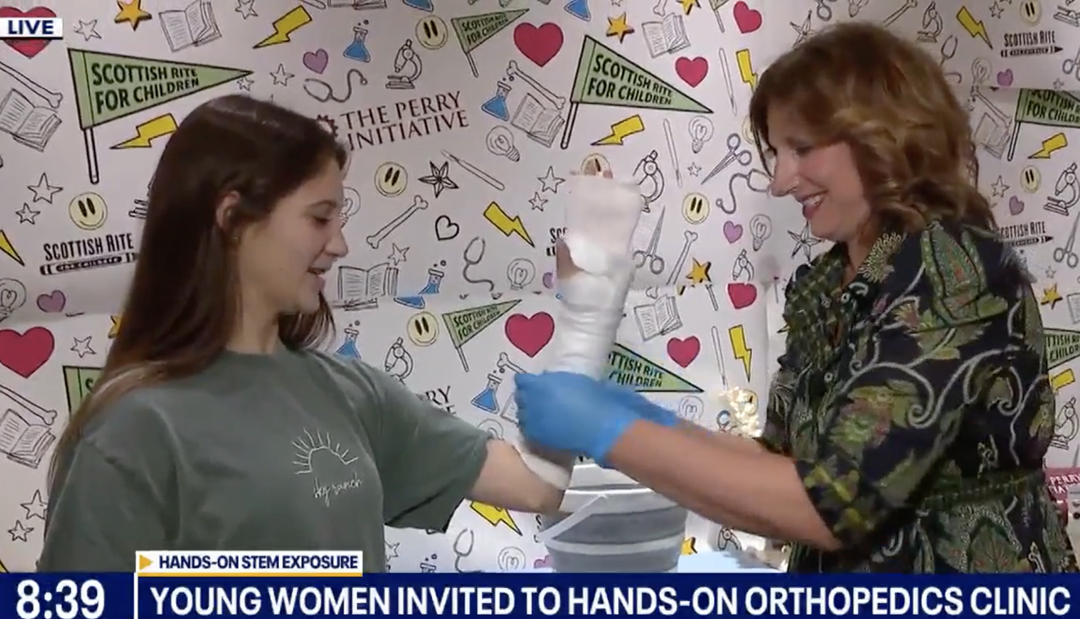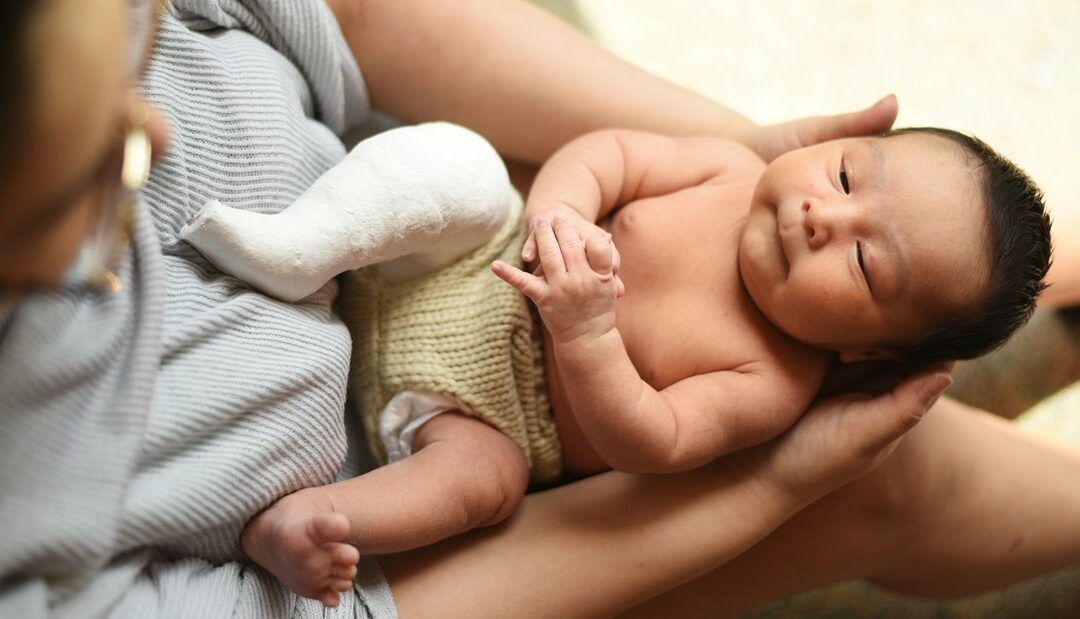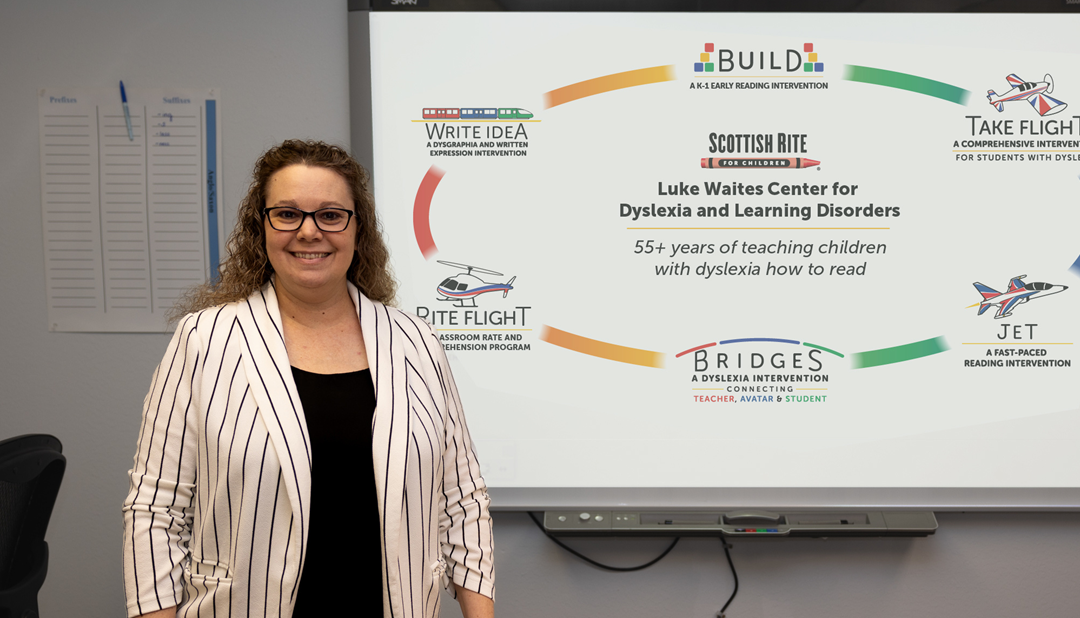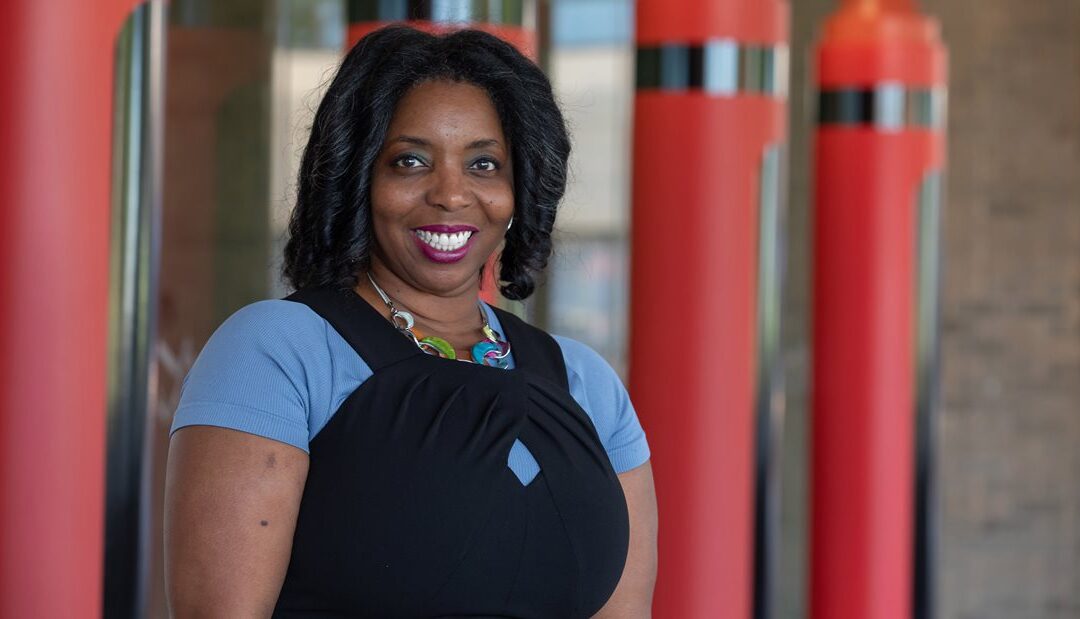
Get to Know our Staff: Judy Sneed, Center for Dyslexia
What is your job title/your role at Scottish Rite for Children?
I am a department assistant within the Luke Waites Center for Dyslexia and Learning Disorders.
What do you do on a daily basis or what sort of duties do you have at work?
My duties include handling patient check-ins, managing the digital platform for center applications, monitoring the approved patient file process and phone coverage.
What was your first job? What path did you take to get here or what led you to Scottish Rite? How long have you worked here?
My first job was working for Cigna Healthcare filing medical records as a teenager. My dad helped me get the job.
The path that led me Scottish Rite was after I worked in Student Discipline at a local high school. This gave me a unique perspective on how unchecked academic learning disorders affected older children daily in an educational environment. A friend reached out that had been recently hired within the department regarding an opportunity to join the center, and the rest is history. I will have worked here for three years in January 2024.
What do you enjoy most about Scottish Rite?
I enjoy assisting parents, guardians and their children with navigating our evaluation process. I am here to listen to their stories regarding their fears and anxiety about their children’s educational future and see them realizing there is help and hope to help further their children’s academic success.
Tell us something about your job that others might not already know?
I am also certified to conduct vision and hearing screening.
Where is the most interesting place you’ve been?
In 2022, I was able to spend 12 amazing days in Australia visiting Sydney, Melbourne and Port Douglas (where the Great Barrier Reef is located). More destinations soon to come.
If you could only eat one meal for the rest of your life, what would it be?
Some kind of potato meal. If anyone knows me personally, I have loved french fries or any kind of potatoes for as long as I can remember, except for yams or sweet potatoes. Not a fan!
If you could go back in time, what year would you travel to?
The late ‘80s, 1989 – 1990. I had just completed high school and was wide-eyed about my future and was just about to meet someone that would make a tremendous impact on my life then and now.
What three items would you take with you on a deserted island?
I hate making assumptions, however, assuming there would be no electricity, I guess my Bible, some seeds and some fabric. No one in their right mind would be anywhere without food or clothing, plus if I was alone, what an amazing book to let me know I really wasn’t and to provide me with hope of a change in my situation.
What’s one fun fact about yourself?
I worked to replace an engine fan assembly on a classic convertible truck I once owned. Go YouTube University!
